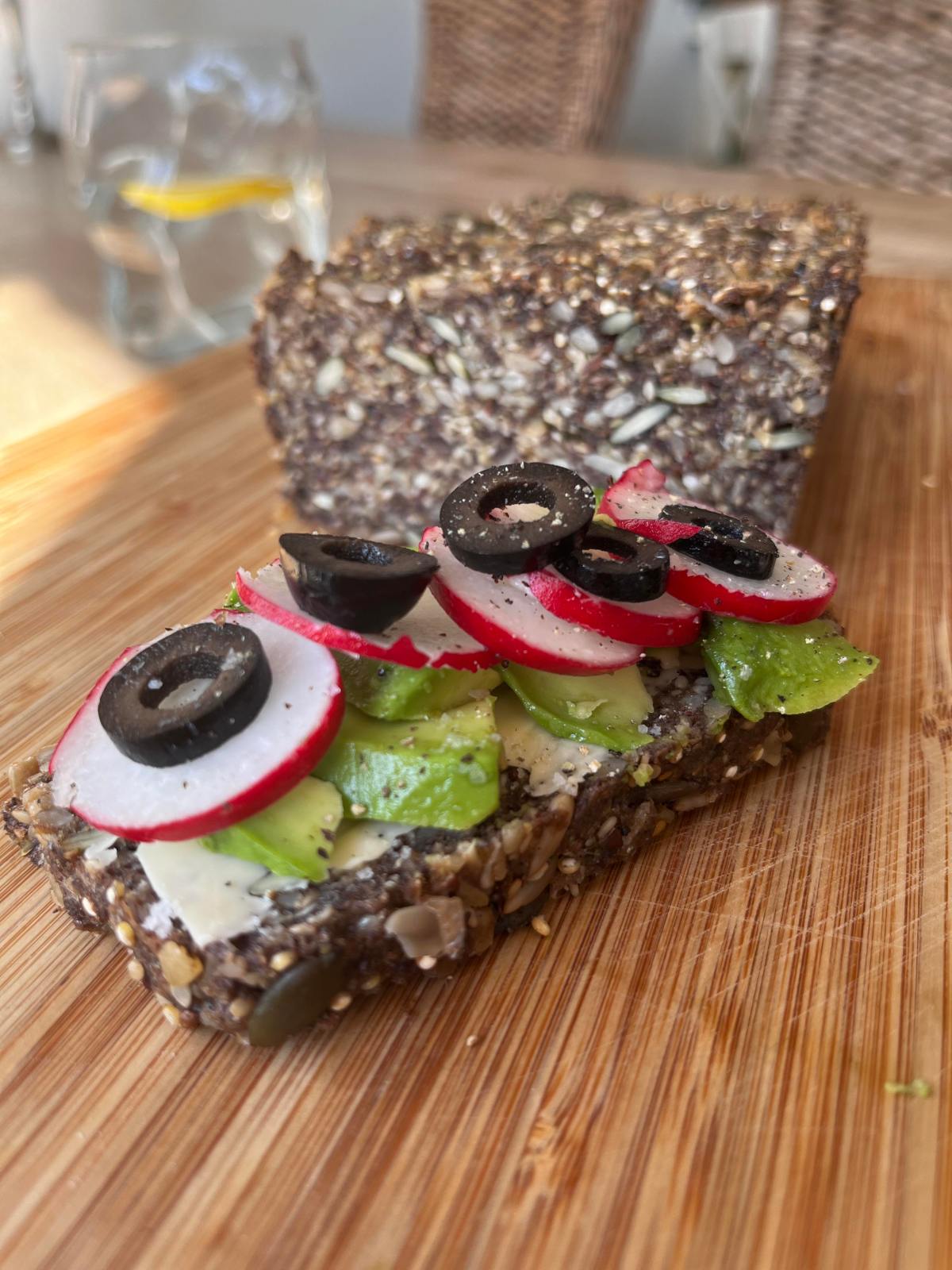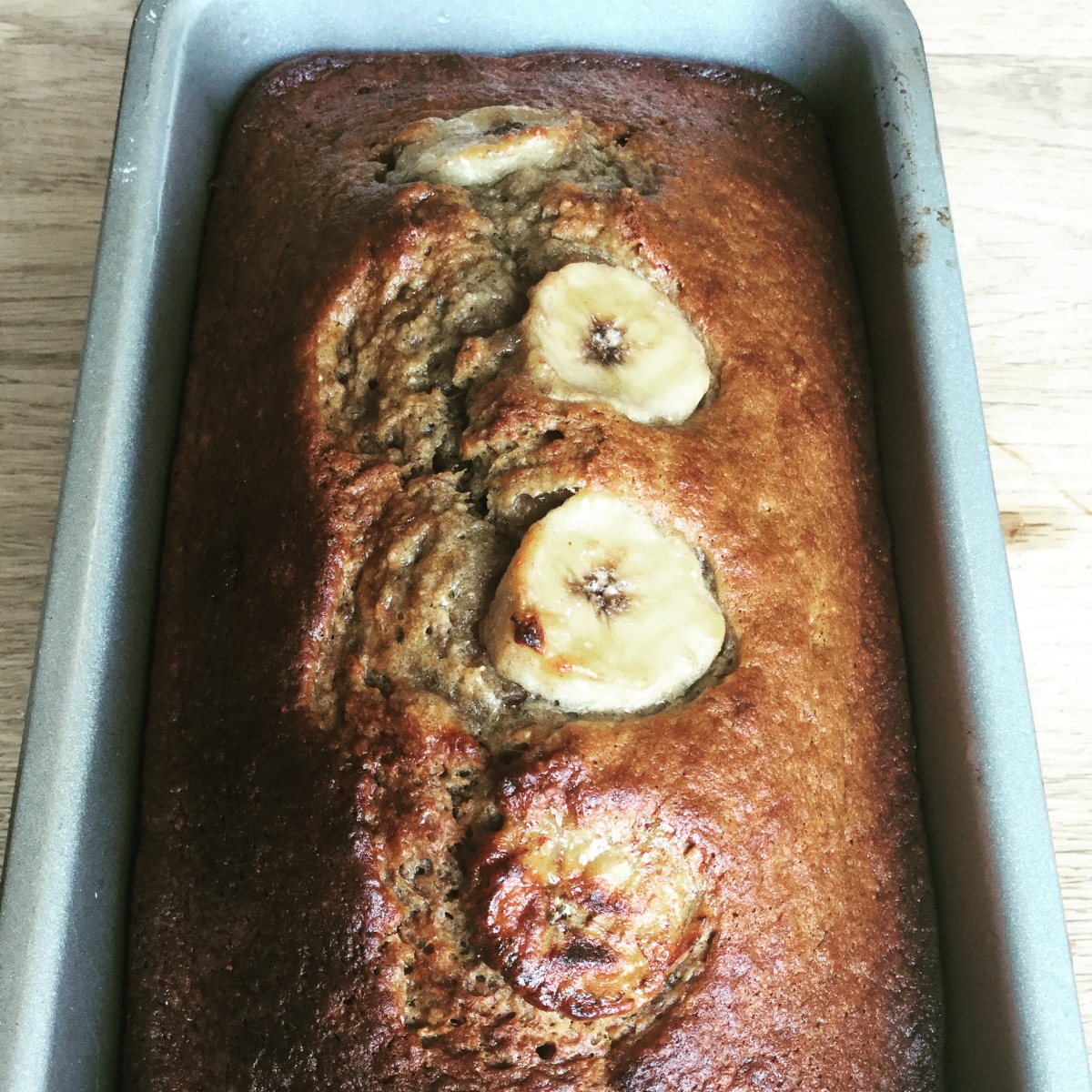I’ve spent a while recently working on putting together a versatile, seeded loaf recipe which acts as a vehicle for sweet or savoury toppings and doesn’t look or taste too much like ‘Trill’ the Budgie food😂 (comment courtesy of my sister, Jayne after acting as a guinea pig for one of my earlier loaves) I think I’m happy with this recipe which is so incredibly quick and easy to make, so do let me know what you think.
Seeds are loaded with vital minerals, healthy fats and protein critical for good health on so many levels. It is difficult thinking of ways to incorporate a variety of seeds into our diet on a daily basis. However, in an attempt to keep blood glucose stable, look after our gut microbiome in conjunction with moving matter swiftly through the gut, and also avoiding gluten; incorporating a slice of this loaf into your diet everyday covers all goal posts.
Ingredients
- 1 cup of pumpkin Seeds
- 1/2 cup of chia seeds
- 1/2 cup of poppy seeds
- 1 cup of sunflower seeds
- 1 cup of sesame seeds
- 1 3/4 cup of psyllium husk
- 1 cup of ground flax seeds
- 2 cups of GF oats
- 1/2 cup of organic, cold pressed Apple Cider Vinegar
- 1/2 cup of cold pressed, Extra Virgin Olive Oil
- 4 cups of boiled water
- Good pinch of sea salt
- Good pinch of mixed herbs (optional)
Method
Pre-heat oven at 170c fan-assisted or 180c for non fan-assisted ovens. Line your loaf tin with greaseproof baking paper. Place all the ingredients into a large bowl and mix until the mixture is combined. The psyllium husk, ground flaxseed and chia seeds bind with the other ingredients and provide the glue for this loaf. No need for heavily refined wheat flours. You’ll find that the consistency is quite springy, will form a doughy ball which is easily transferrable to the tin.
Cover the loaf with a piece of baking paper and bake in the middle of the oven for 40 minutes, removing the top covering half way through. Allow to cool and serve with a topping of your choice.
This loaf does not have much flavour as I developed it more as a functional food to act as a vehicle for your favourite topping. The recipe does allow for you to add herbs or spices of your choice or even dried fruit should you want a sweeter taste. Just throw them all in (as Jamie Oliver would say)
If you would like to order organic seeds this is the company I used: https://www.buywholefoodsonline.co.uk



















